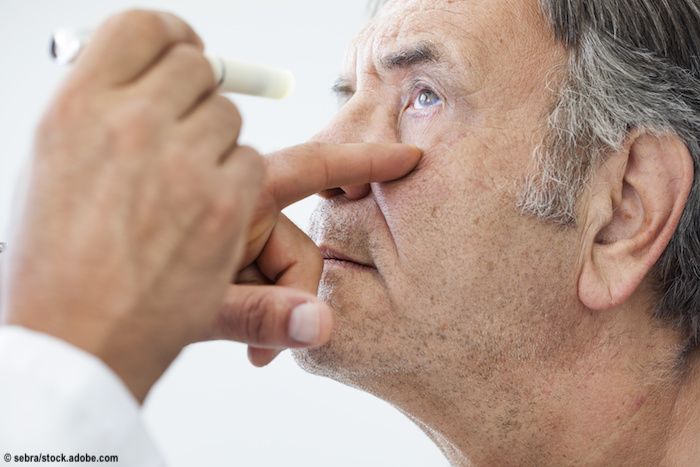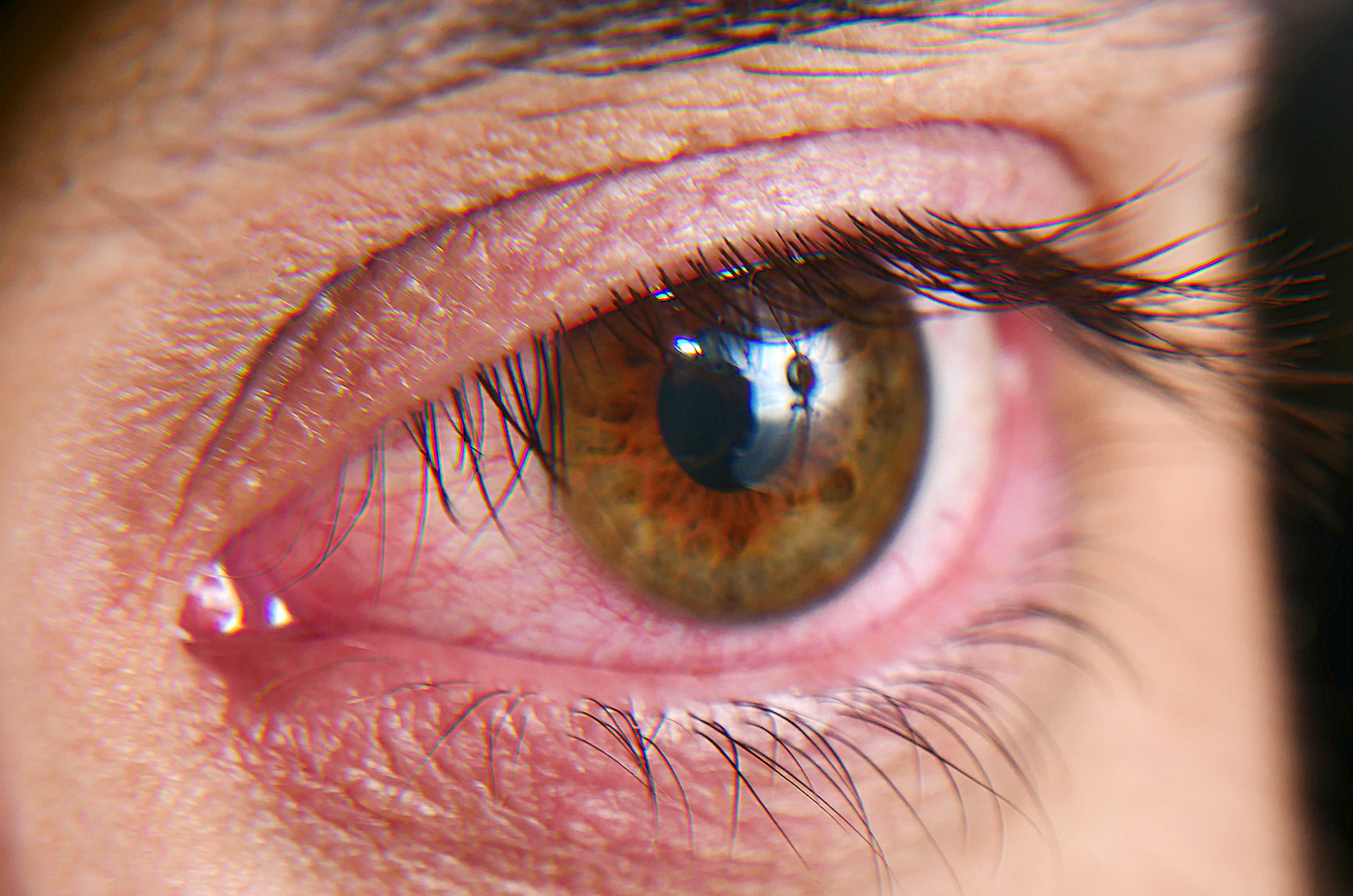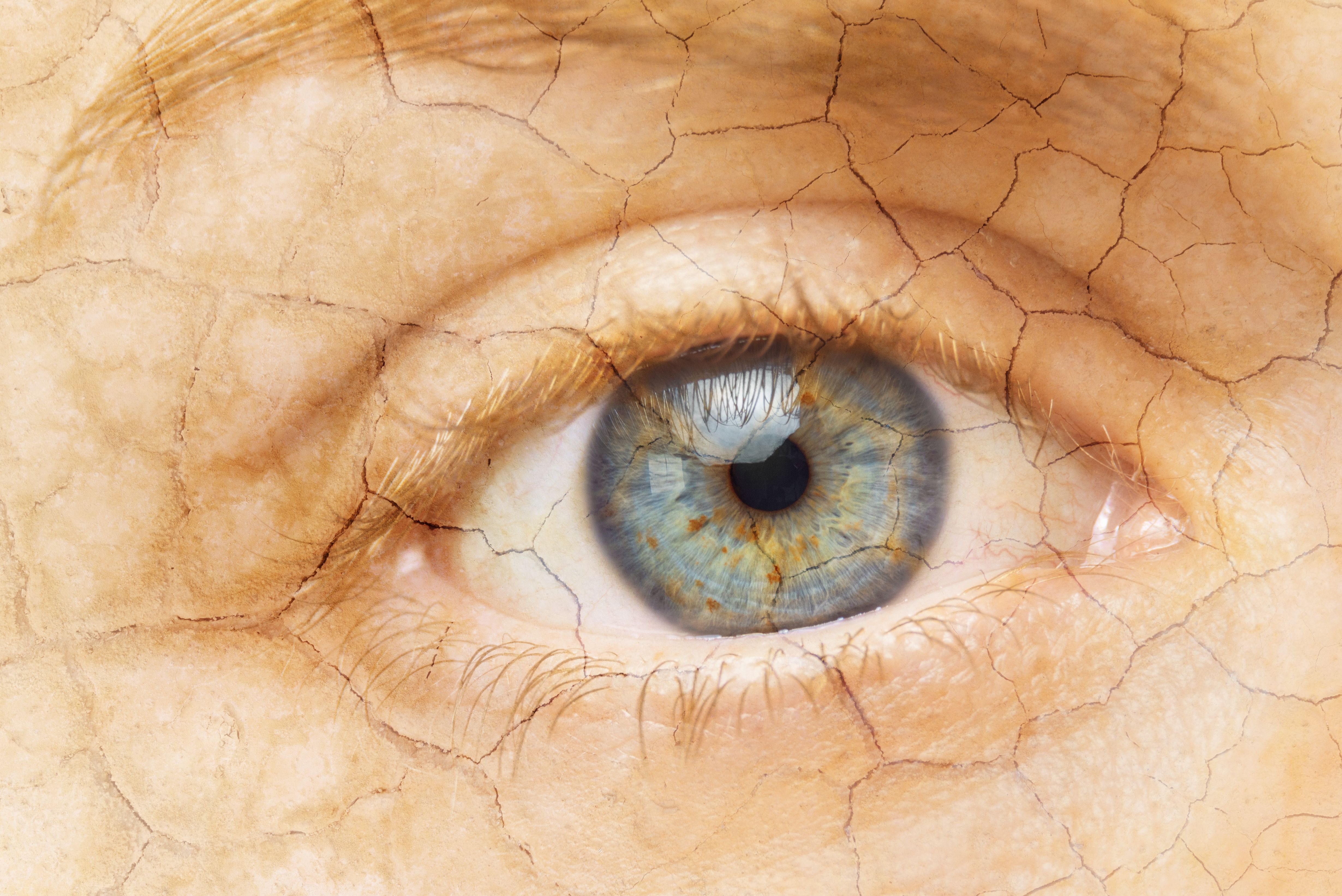News
Article
Diagnostic tools can put causes of dry eye disease in focus
Author(s):
Diagnostic tools allow clinicians opportunity to assess underlying cause and diagnose dry eye earlier

Diagnostic tools allow clinicians the opportunity to effectively assess the underlying cause and diagnose dry eye earlier in the disease process.
For nearly 16 million Americans, dry eye disease (DED) is a reality, and these numbers continue to increase.1
While the definition of the disease is agreed upon in medical circles, its diagnoses is a little less in focus, due in large part to its underlying cause is often multifactorial and complex. There also is no single “gold standard” test for dry eye. Its diagnosis is based on a combination of tests and patient-reported symptoms.
The good news for patients today is that diagnostic tools are improving, allowing clinicians to better determine the underlying cause and diagnose dry eye earlier in the disease process.
Patient-reported symptoms
There is an inconsistent correlation between patient-reported symptoms and clinical signs of DED.2 One study found that one in three patients with moderate to severe symptoms had no surface staining.3 Further, physicians often underestimate dry eye severity compared with patient perception, making symptom questionnaires an important tool when diagnosing DED.
A number of questionnaires are available, including the Ocular Surface Disease Index, Dry Eye Questionnaire 5, McMonnies, and the Standard Patient Evaluation of Eye Dryness (SPEED).
Each questionnaire has its strengths, but Ngo et. al found SPEED to be the most repeatable and valid questionnaire compared to the other surveys available.4
Traditional diagnostic tools
Several dry eye diagnostic tests such as Schirmer's test, phenol red thread (PRT) test, tear break-up time (TBUT), and ocular surface staining have been available for decades and remain important tools for DED diagnosis.
The most common tests for measuring aqueous production are Schirmer's and PRT. Although most physicians use Schirmer, studies have found PRT to be equally reliable and perhaps more beneficial for patients.5
PRT is more comfortable for the patient, does not require an anesthetic, and takes significantly less time to perform, taking about 15 seconds per eye while the Schirmer's test takes 5 minutes.
TBUT is the most frequently used diagnostic test for tear film instability. TBUT uses a fluorescein strip to measure the average seconds between a blink and the appearance of a dark spot in the fluorescein. A TBUT of 10 seconds or less is considered indicative of dry eye; healthy eyes without DED have an average TBUT of 27 seconds.6
Lissamine green and rose bengal fluorescein detect superficial damage to the ocular surface by staining areas not covered by mucin. Conjunctival ocular surface staining is indicative of early-stage DED. Sodium fluorescein staining can be used to stain the cornea if advanced DED is suspected.
Although ocular surface staining cannot be used to differentiate disease, it can tell clinician how far advanced the disease is and if dry eye treatments are working.
Meibomian gland exam
Meibomian gland dysfunction (MGD) is the most common cause of evaporative dry eye.7 All dry eye evaluations should include a meibomian gland exam and gland expression.
Meibum should be clear and oily and express easily in patients with healthy glands; meibum will be thick and discolored in patients with MGD and more difficult to express.
Meibography can be used to view the anatomical structures of the meibomian gland, and the imaging can be used to educate patients on the severity of their DED.
Systems include the LipiView II (Johnson & Johnson Vision), LipiScan (Johnson & Johnson Vision), and Meibox (Box Medical Solutions Inc.).
Point-of-care testing
Point-of-care testing can be used to detect elevated levels of matrix metalloproteinase-9 (MMP-9), an inflammatory marker for DED. Current tools include the InflammaDry (Quidel) and the TearLab Osmolarity System (TearLab).
A positive MMP-9 test is considered ≥ 40 ng/ml. Osmolarity is considered in the normal range if it is ≤308 mOsm/L; abnormal osmolarity is considered to be above that range or when an inter-eye difference is ≥8 mOsm/L. Both the InflammaDry and TearLab systems have similar positive predictive values of more than 80%.
Sjogren’s syndrome testing
Sjogren’s syndrome is the most common cause of aqueous-deficient dry eye, and it is recommended that all patients with this type of DED be referred for serological testing. Standard blood tests, however, may miss Sjogren’s in the early stages. The Sjö Test (TearWell) is an in-office diagnostic blood test that identifies Sjogren’s biomarkers such as SP1, PSP, CA6, SS-A/Ro, SS-B/La, ANA, and RF, allowing physicians to better treat and identify Sjogren’s in its early stages.
Until a single, definitive test for DED is developed, diagnosing it will remain complex and challenging. Although diagnostic tools are improving and able to identify DED earlier on, a combination of objective tests and patient-reported symptoms continue to be necessary for an accurate, differential diagnosis.
References:
1. Dana R, Bradley JL, Guerin A, et al. Estimated Prevalence and Incidence of Dry Eye Disease Based on Coding Analysis of a Large, All-age United States Health Care System. Am J Ophthalmol. 2019;202:47-54.
2. Schein OD, Tielsch JM, Munoz B, et al. Relation between signs and symptoms of dry eye in the elderly. A population-based perspective. Ophthalmology. 1997;104(9):1395-401.
3. Begley CG, Chalmers RL, Abetz L, et al. The relationship between habitual patient-reported symptoms and clinical signs among patients with dry eye of varying severity. Invest Ophthalmol Vis Sci. 2003;44(11):4753-61.
4. Ngo W, Situ P, Keir N, et al. Psychometric properties and validation of the Standard Patient Evaluation of Eye Dryness questionnaire. Cornea. 2013;32(9):1204-10.
5. Vashisht S, Singh S. Evaluation of Phenol Red Thread test versus Schirmer test in dry eyes: A comparative study. Int J Appl Basic Med Res. 2011;1(1):40-2.
6. Sweeney DF, Millar TJ, Raju SR. Tear film stability: a review. Exp Eye Res. 2013;117:28-38.
7. Craig JP, Nelson JD, Azar DT, et al. TFOS DEWS II Report Executive Summary. Ocul Surf. 2017;15(4):802-12.





